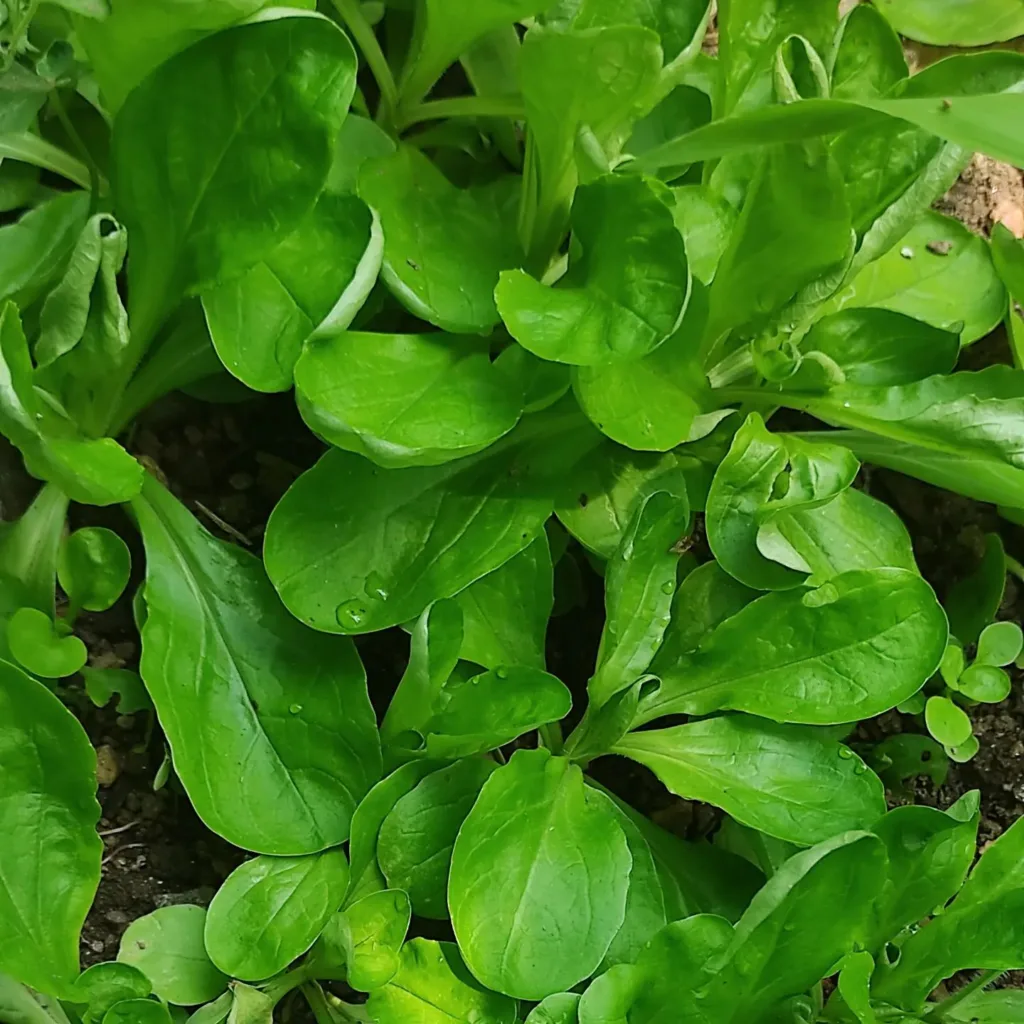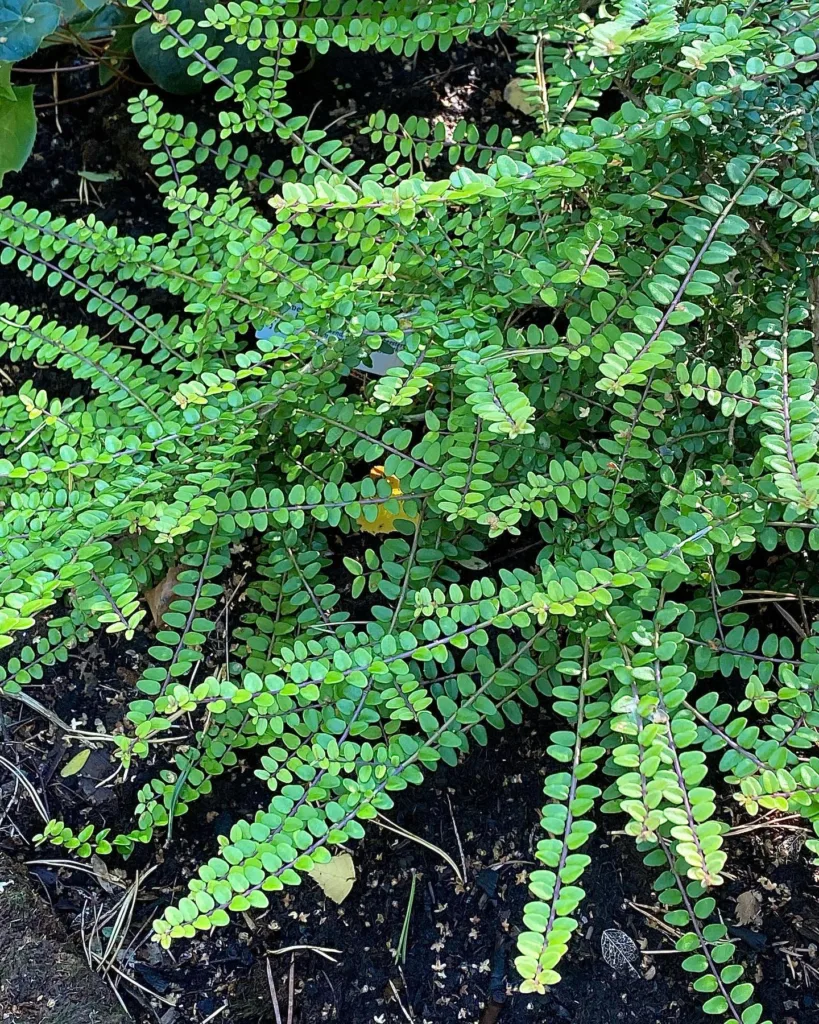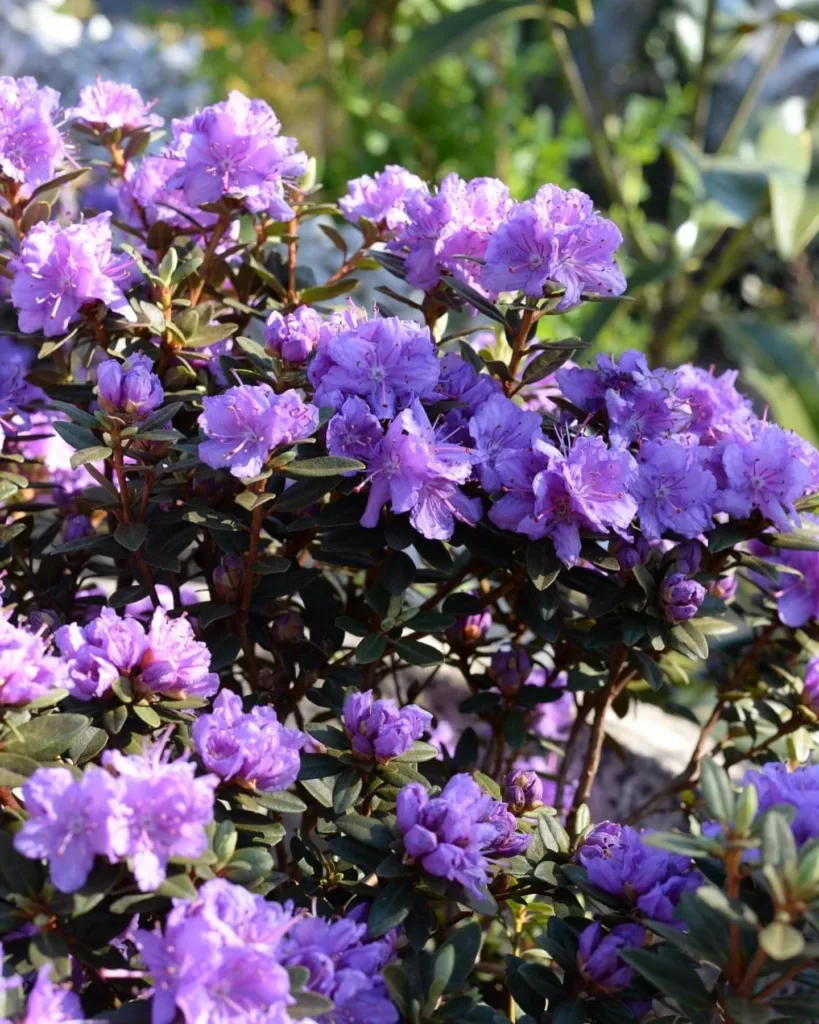What Is Cardamine Pensylvanica?
Cardamine Pensylvanica, commonly known as Pennsylvania Bittercress, is a perennial herb native to North America. It belongs to the mustard family and is often found in moist, shady woodlands. Its delicate, serrated leaves and small white flowers make it a charming addition to a garden. This plant can grow up to 12 inches tall and typically blooms in early spring.
277 Species in Genus Cardamine
Is Cardamine Pensylvanica Safe for Chickens?
Many gardeners are concerned about whether their plants are safe for their pets, particularly chickens. Thankfully, Cardamine Pensylvanica is generally considered safe for chickens. It is not known to be toxic or harmful to them. However, as with any plant, it’s wise to monitor your chickens and ensure they do not overeat any unfamiliar vegetation. If you notice any signs of distress, it’s best to consult a vet.
How to Care for Cardamine Pensylvanica?
Caring for Cardamine Pensylvanica is relatively straightforward. It thrives in shaded areas and prefers moist, well-drained soil. Regular watering is essential, especially during dry periods. This plant is quite hardy and can handle a variety of soil conditions, but it performs best in rich, organic soil. Avoid overly sunny spots as too much direct sunlight can stress the plant.
How to Propagate Cardamine Pensylvanica?
Propagating Cardamine Pensylvanica is best done through seeds or division. To propagate from seeds, sow them in a cold frame or directly in the garden in early spring. Ensure the soil is kept moist. If you’re propagating through division, carefully separate the plant into smaller sections in early spring or fall and replant them in suitable locations.
What to Plant With Cardamine Pensylvanica?
Cardamine Pensylvanica pairs well with other shade-loving plants. Consider planting it alongside ferns, hostas, or astilbes. These companions can complement its delicate appearance and thrive in similar soil conditions. For a more diverse garden, you might also mix in other woodland plants like trilliums or bloodroot.
Can You Grow Cardamine Pensylvanica Indoors?
Growing Cardamine Pensylvanica indoors can be challenging. It is primarily suited for outdoor gardens with natural conditions that mimic its native environment. However, if you have a well-lit, cool indoor space and can provide adequate moisture and humidity, you might successfully grow it indoors. Just keep in mind that it might not thrive as well as it does outside.
Is Cardamine Pensylvanica Toxic?
Cardamine Pensylvanica is not considered toxic to humans or animals. Its non-toxic nature makes it a good choice for garden spaces where pets or children play. Nonetheless, always ensure that your pets or kids do not consume large amounts of any plant, as individual reactions can vary.
Benefits of Growing Cardamine Pensylvanica
This plant offers several benefits beyond its aesthetic appeal. It helps to enrich the soil with organic matter as it decomposes, and its early spring blooms can provide a welcome splash of color after winter. Additionally, its ability to thrive in shady, moist environments makes it a valuable addition to challenging garden areas.
Common Problems with Cardamine Pensylvanica
While Cardamine Pensylvanica is generally hardy, it can face some issues. One common problem is mildew, especially if the plant is too crowded or not well-ventilated. Ensuring good air circulation and avoiding overhead watering can help prevent mildew. Additionally, watch for pests like aphids that might occasionally infest the plant.
How Does Cardamine Pensylvanica Compare with Similar Plants?
Cardamine Pensylvanica is often compared to other shade-loving perennials like Cardamine Diphylla (Dutchman’s Breeches) and Claytonia Virginica (Virginia Springbeauty). While these plants share similar growing conditions and habitats, Cardamine Pensylvanica is distinguished by its smaller, more delicate flowers and leaves. It’s also more tolerant of various soil conditions compared to some other woodland plants.
In summary, Cardamine Pensylvanica is a versatile and attractive plant that can enhance shady garden areas. It’s safe for chickens, relatively easy to care for, and offers benefits like soil enrichment and early spring blooms. By understanding its needs and potential issues, you can enjoy a thriving and beautiful addition to your garden.
If i die, water my plants!



